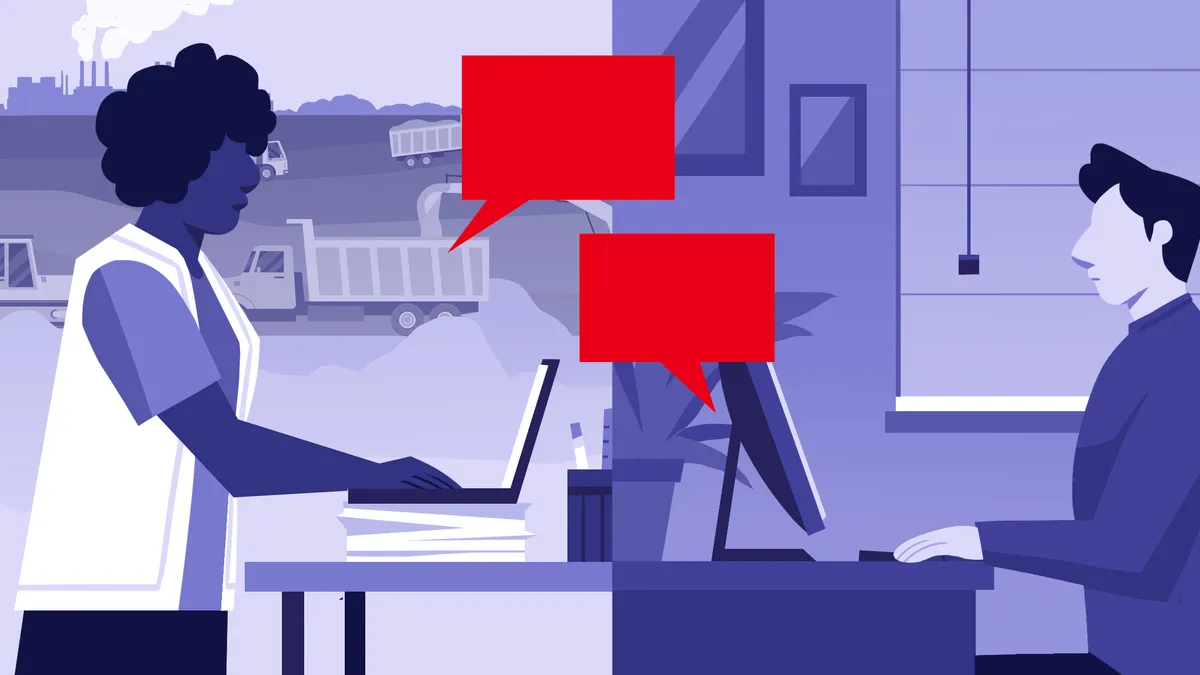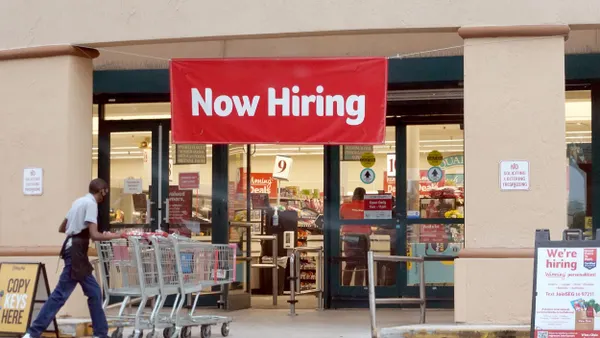Open enrollment is always a tense time for HR to navigate. Employees, data shows, feel similarly anxious. Much of the chaos and confusion surrounds how workers should approach the decision process, as well as the terms themselves.
Do workers understand their benefits?
According to a 2023 MetLife report, data suggests nearly half of workers make benefits enrollment decisions alone. Healthcare literacy, the report suggested, is an integral part of worker wellbeing: 76% of workers who understood their benefits said they were happy and 82% said their benefits gave them a greater sense of stability.
When employees spend more time on learning about their benefits, they can make more informed decisions, researchers said. This reduces anxiety and improves overall employee wellbeing, they added.
Financial anxiety: How can benefits knowledge help reduce it?
Benefits education conversations are crucial in today’s economic climate, MetLife exec Jamie Madden told HR Dive.
“With only 55% of employees feeling financially healthy now — a fall from 64% in 2022, according to our data — this year’s open enrollment season will be particularly important for employees seeking added financial support,” the SVP of Workforce Engagement and Benefits Connectivity at MetLife said. These conversations are also important for employers, Madden added via email, so that they can better understand the connection between benefits and employee wellbeing.
Do workers understand health insurance terms?
“Financial solutions provide education and resources to help employees prepare for the future; disability insurance can help to protect an individual’s income during unexpected events or illness. Both benefits can help employees maintain a sense of financial stability and control, alleviating stress in stride,” Madden said. About 50% of workers, per MetLife’s data, said they wish they were more informed about their company’s total rewards.
“The key is for employees to get in front of the open enrollment process—educate themselves on what their employer offers, and have conversations with HR, their manager, or someone they trust, to ensure they’re using this opportunity to better understand how benefits can be used to provide financial support,” she said. “It’s also up to employers to provide benefit communications to help their workforce understand how to maximize the value of their benefits for their own unique situations.”
What do employees want to know about?
Workers say they need a variety of information about their benefits. According to benefits education firm Optavise, which recently published its 2023 Healthcare Literacy Report, workers are hungry for knowledge about:
- How to choose a plan (22%).
- How to choose where to get care (22%).
- Researching healthcare costs and why it matters (29%).
- How to review an explanation of benefits and audit a medical bill for errors (30%).
- How their deductible, copay/coinsurance and out-of-pocket maximum work, and what those costs mean for them (33%).
- How to avoid surprise medical bills (41%).
How can HR better communicate benefits packages to employees?
Beyond the desire to hear from middle management, workers have also voiced their medium preferences.
About 7 in 10 workers said online resources are “very or extremely helpful,” per Optavise’s report. Additionally, 8 in 10 workers said that one-on-one conversations are very or extremely helpful. (Both of these methods outpaced email as a method that workers found helpful). But HR will have to personalize education efforts for their workforces; asynchronous training, posters or virtual benefits fairs, for example, may be necessary for deskless workers.
Evidence shows that the burden of education shouldn’t rest solely on HR.
In a couple of studies, workers indicated that they want to learn about their benefits from their managers. This year’s MetLife report indicated that 33% of workers want to hear from their managers ahead of and during open enrollment. Experts say that sensitivity and compliance training can go a long way here — and that’s where HR comes in.
What else should HR keep in mind? (It starts with an “R”)
What does this mean for HR? Communication is imperative not just because it’s the right thing to do — it’s a retention strategy.
Retention is everything right now as the U.S. has shifted from the “Great Resignation” (an employee’s market) to the “Big Stay” (an employer’s market, or maybe a meeting in the middle). And benefits can help get people to stay.
HR experts have continually spoken about the value of benefits as a retention strategy; in turn, employers have expressed the desire to offer solid benefits. But what good are those benefits that HR has put in employee’s pockets if employees don’t know that they’re there?
Notably, 50% of workers told MetLife that a better grasp of their total rewards would make them more loyal to their employer. Beyond a moral imperative, the war for talent and the strains of a recession-esque economy may make benefits education a top priority for HR this quarter.

















